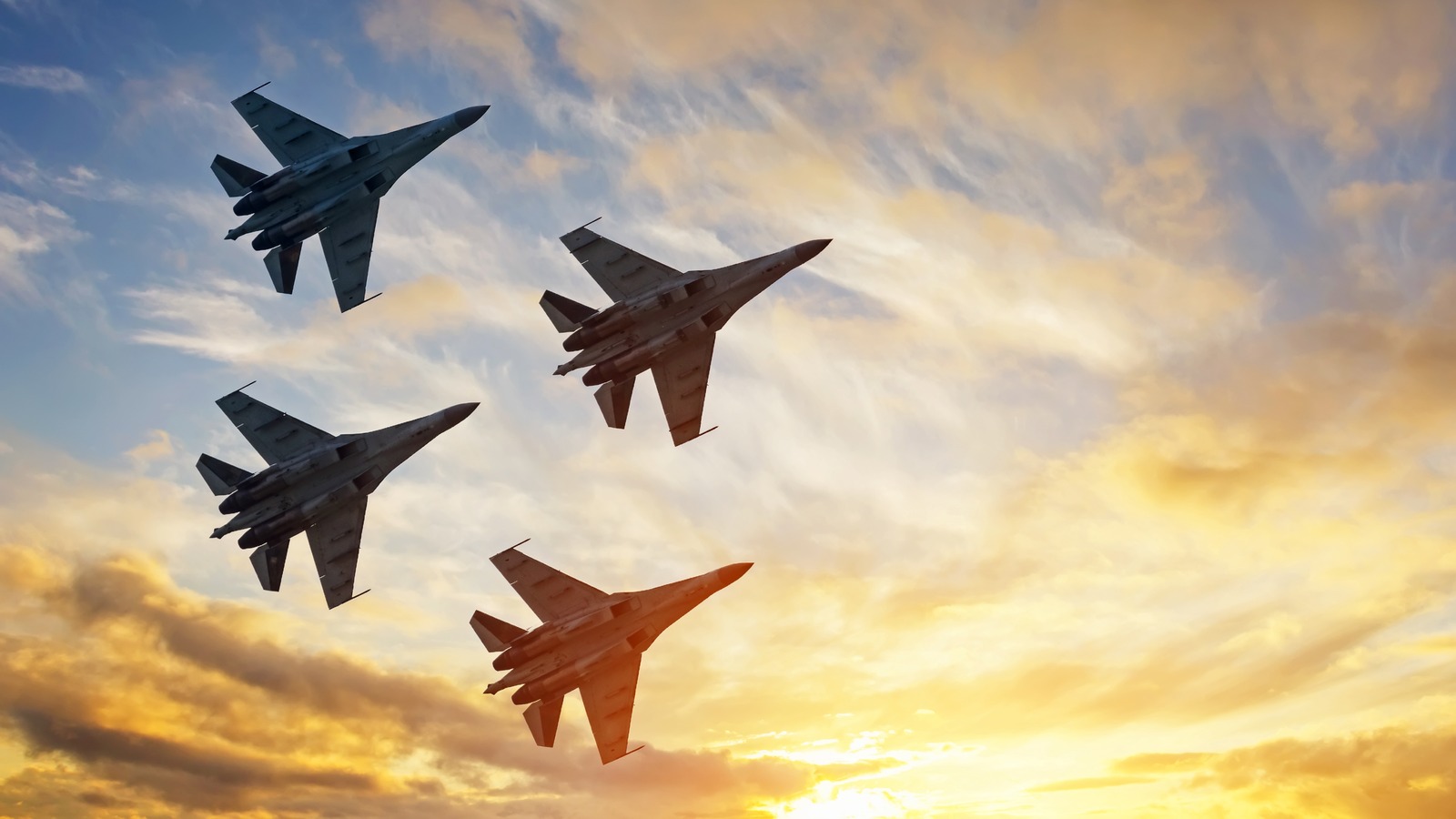10 Fighter-Jets That Look Incredible Wearing Retro Paint Jobs – SlashGear

The shark face paint job has emerged as one of the most iconic retro designs in aviation history. Originating with the First American Volunteer Group, famously known as the Flying Tigers, during World War II, this striking image has endured over time.
The Flying Tigers were a skilled fighter group dispatched to help the Chinese combat the Japanese under U.S. forces operating with Chinese authority. While they weren’t the first to adopt the shark face, they played a pivotal role in popularizing it during the war.
Operating the P-40 Warhawk, the Flying Tigers achieved an impressive 20 to one kill ratio, downing 297 enemy aircraft. Their mission involved slowing down the Japanese forces’ advance into Chinese territory. The P-40, despite its limited maneuverability compared to Japanese fighters, excelled in diving and high speeds, giving the Tigers a strategic advantage.
Inspired by the U.K. Royal Air Force’s use of the shark face design, the predominantly U.S. Navy, Army, and Marine pilots of the Flying Tigers incorporated the intimidating shark face paint on their P-40s. As their reputation grew, so did the popularity of the toothy shark design, boosting morale among friendly forces and instilling fear in enemy pilots.
Even today, the shark face paint job remains a timeless symbol of aviation and fighter jet history, and it continues to adorn aircraft worldwide, paying homage to the Flying Tigers and their remarkable impact during World War II.
For all the latest Gaming News Click Here
For the latest news and updates, follow us on Google News.

